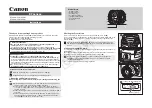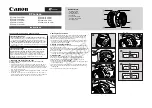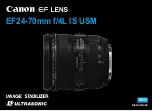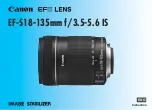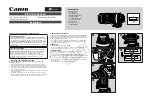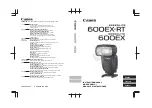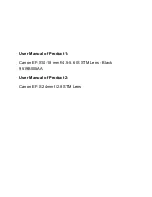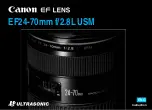
[Frame rate*]
Select a frame rate for MPEG-4 images from the following.
1fps/ 3fps/ 5fps*/ 7.5fps*/ 10fps*/ 12fps*/ 15fps*/ 20fps*/ 30fps*
•
Default:
30fps*
Note
•
When “Frame rate” is selected for “Transmission priority”, this setting is available.
•
“Frame rate*” is limited by “Max bit rate (per client)*”. For this reason, the frame rate may be lower than
the specified value when any value marked with an asterisk (*) is selected.
[Max bit rate (per client)*]
Select a MPEG-4 bit rate per a client from the following. When “Best effort” is selected for “Transmission
priority”, set the maximum and minimum bit rates.
64kbps/ 128kbps*/ 256kbps*/ 384kbps*/ 512kbps*/ 768kbps*/ 1024kbps*/ 1536kbps*/ 2048kbps*/ 3072kbps*/
4096kbps*/ Unlimited*
•
Default:
–
MPEG-4(1): 2048kbps*
–
MPEG-4(2): 2048kbps*
* “Unlimited*” is available only when “Frame rate” is selected for “Transmission priority”.
Note
•
The MPEG-4 bit rate is limited by “Bandwidth control(bit rate)” of [Network] tab on the “Network” page
(
®
page 160). For this reason, the bit rate may be lower than the value when any value with an asterisk
(*) on the right is selected.
•
When “Unlimited*” is selected, the number of users who can access MPEG-4 images will be limited to
“1”. (Only a single user can access MPEG-4 images.)
•
It is impossible to select “Unlimited*” for both “MPEG-4(1)” and “MPEG-4(2)”.
[Image quality]
Select the image quality of MPEG-4 images from the following.
Low(Motion priority)/ Normal/ Fine(Image quality priority)
•
Default:
Normal
Note
•
When “Constant bit rate” or “Best effort” is selected for “Transmission priority”, this setting is available.
[Refresh interval]
Select an interval (I-frame interval; 0.2–5 seconds) to refresh the displayed MPEG-4 images.
If using under a network environment with frequent error occurrences, shorten the refresh interval for
MPEG-4 to diminish image distortions. However, the refresh interval may be longer than the set value.
0.2s/ 0.25s/ 0.33s/ 0.5s/ 1s/ 2s/ 3s/ 4s/ 5s
•
Default:
1s
[Transmission type]
Select the transmission type of MPEG-4 images from the following.
•
Unicast port (AUTO):
Up to 14 users can access a single camera concurrently. “Unicast port1(Image)”
and “Unicast port2(Audio)” will automatically be selected when transmitting images and audio from the
camera. When it is unnecessary to fix the port number for MPEG-4 image transmission such as when using
in a particular LAN environment, it is recommended to select “Unicast port (AUTO)”.
•
Unicast port (MANUAL):
Up to 14 users can access a single camera concurrently. It is necessary to select
“Unicast port1(Image)” and “Unicast port2(Audio)” manually to transmit images and audio from the camera.
It is possible to fix the port number of the router used for MPEG-4 image transmission via the Internet by
setting “Unicast port (MANUAL)” (
®
page 160). Refer to the operating instructions of the router in use.
Operating Instructions
87
11 Configure the settings relating to images and audio [Image/Audio]































